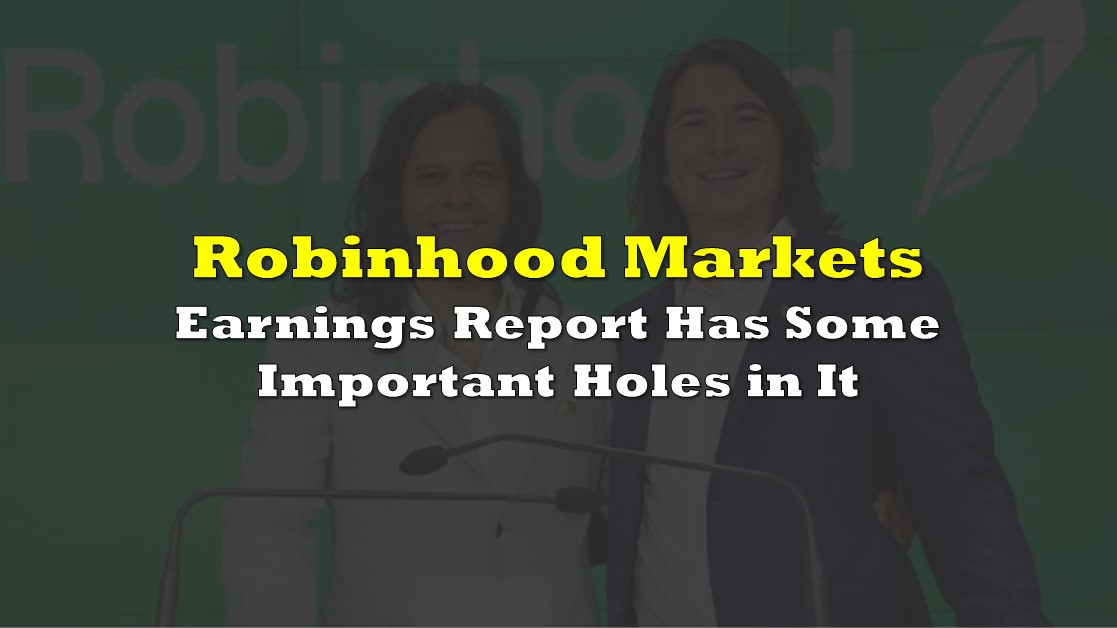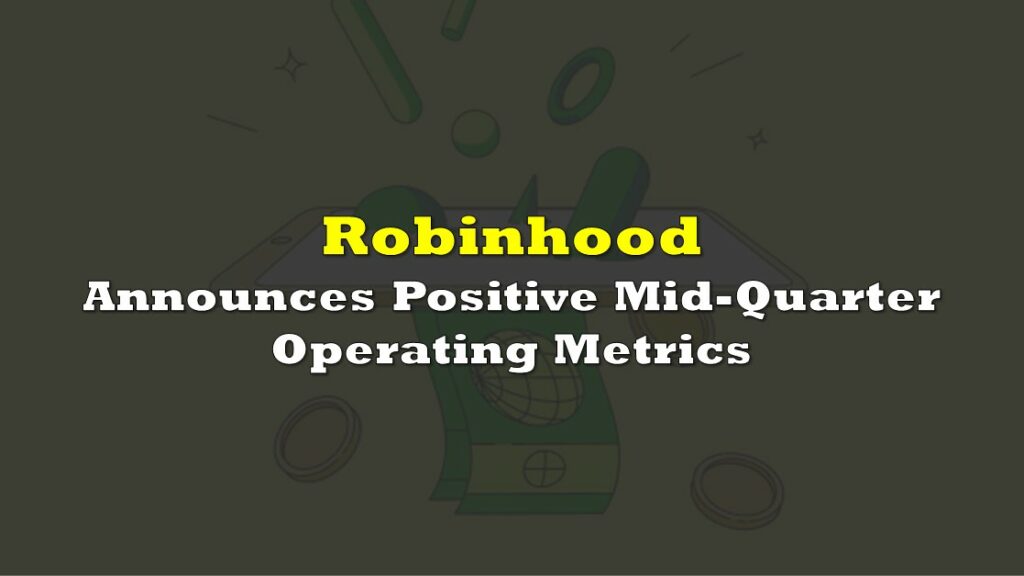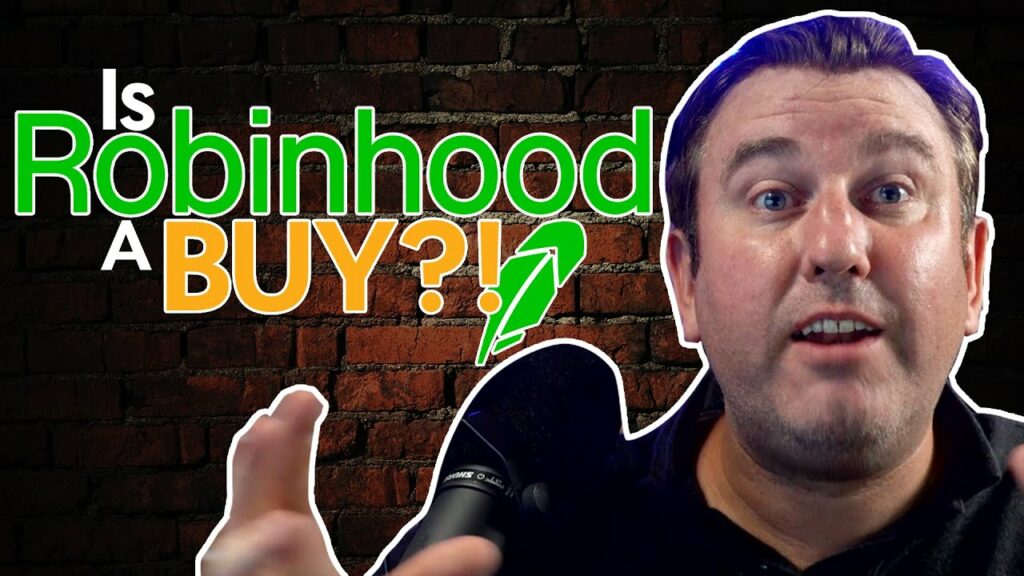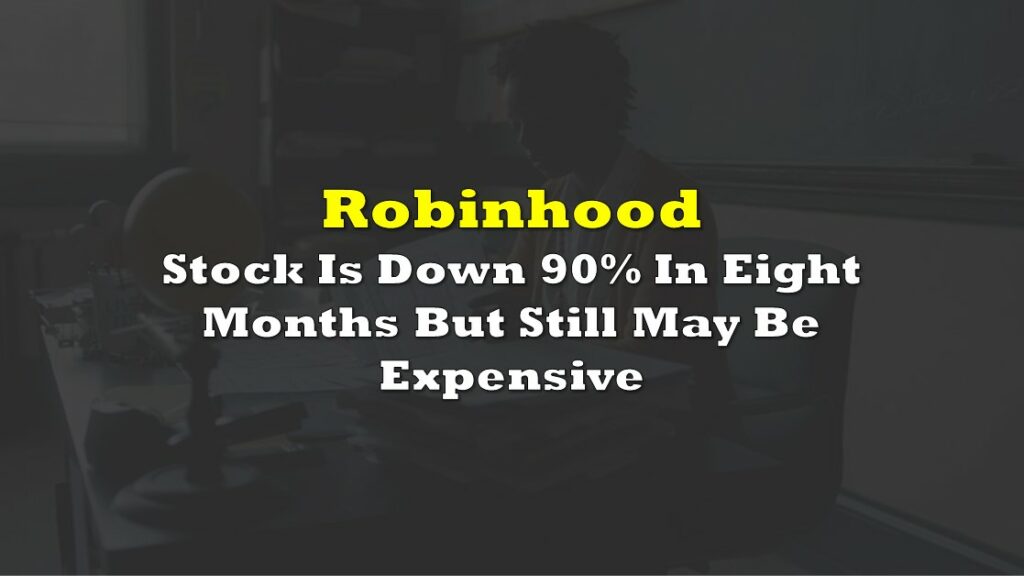On August 18, Robinhood (NASDAQ: HOOD) reported its second quarter 2021 results. Net revenues totaled US$565 million, up from US$520 million in 1Q 2021, and the company’s net loss was US$502 million, versus a US$1.44 billion loss in 1Q 2021.
Most analysts have highlighted a significant boost in cryptocurrency trading by Robinhood investors in 2Q 2021 and the company’s reiteration of its previously announced warning that its trading revenues will be down in 3Q 2021 — a remarkable development, in our opinion, for a company which the markets continue to apply around a US$39 billion enterprise value (EV) and a very generous cash flow valuation ratio.
| (in thousands of U.S. dollars, except otherwise noted) | 2Q 2021 | 1Q 2021 | 4Q 2020 | 3Q 2020 |
| Cumulative Funded Accounts (mill.) | 22.5 | 18.0 | 12.5 | 11.4 |
| Monthly Active Users (millions) | 21.3 | 17.7 | 11.7 | 10.7 |
| Assets Under Custody (US$ billions) | $102 | $81 | $63 | $44 |
| Average Account Balance (US$) | $4,533 | $4,500 | $5,040 | $3,860 |
| Average Revenue Per User (US$) | $112 | $137 | $106 | $102 |
| Options PFOF Revenue | $164,604 | $197,860 | ||
| Cryptocurrency PFOF-Type Revenue | $233,103 | $87,587 | ||
| Equities PFOF Revenue | $52,012 | $133,301 | ||
| Other PFOF Revenue | $1,448 | $1,691 | ||
| PFOF or PFOF-Type Revenue | $451,167 | $420,439 | $235,000 | $202,000 |
| All Other Revenue | $114,166 | $101,735 | $83,000 | $68,000 |
| Net Revenue | $565,333 | $522,174 | $318,000 | $270,000 |
| Adjusted EBITDA | $90,173 | $114,771 | $79,000 | $59,000 |
| Cash | $5,077,752 | $1,402,629 | ||
| Debt – Period End | $7,369,522 | $2,179,739 |
In our opinion, investors should be concerned about several aspects of Robinhood’s 2Q 2021 earnings release:
- Adjusted EBITDA, a closely followed cash flow measure for growth companies, declined sequentially in 2Q 2021 to US$90 million from US$114 million in 1Q 2021 even though revenue increased 8% quarter-over-quarter. Such a cash flow downturn for a growth company, while revenues are rising, is quite unusual.
- Robinhood’s adjusted EBITDA for the first half of 2021 was US$205 million. As noted above, its EV is around US$39 billion, making its EV-to-annualized adjusted EBITDA ratio about 95x, an extraordinarily high figure for any company. By comparison, NVIDIA Corporation (NASDAQ: NVDA), perhaps the world’s fastest growing and most popular semiconductor company, trades at an EV-to-EBITDA ratio of 69x.

- In both 2Q 2021 and the entire first half of 2021, about 80% of Robinhood’s total revenues came from “payment-for-order-flow,” or PFOF, for equities and options and “transaction rebates” for cryptocurrencies.
In all three cases, Robinhood directs clients’ orders to market makers in exchange for fees. The PFOF technique, which allows Robinhood to charge no commissions, is derided by full-service (commission-charging) brokers who contend that the practice results in a less favorable transaction price for the online broker’s clients. New SEC Chairman Gary Gensler is investigating this practice. He has stated that such payments can be a “conflict with the interest” of customers.
- Cryptocurrency “transaction rebates” increased an astonishing 166% in 2Q 2021 from 1Q 2021. Surprisingly, most of Robinhood’s crypto revenues came from Dogecoin trading, not from the much bigger Bitcoin and Ethereum digital currencies. However, and perhaps more importantly, Robinhood’s PFOF revenues in its core equities and options business plunged 61% and 17%, respectively. Further declines seem likely in 3Q 2021.
- Robinhood does not charge its customers any explicit fees for buying or selling cryptocurrencies (or for equities or options). A full-service broker could contend a Robinhood hidden fee is less than ideal order execution caused by routing orders to market makers. The increase in cryptocurrency trading by Robinhood’s customers could be an indication that it is taking retail business away from Coinbase. In turn, this could potentially pressure the approximate 3% fees that Coinbase charges its customers per transaction.
Robinhood has established a fast-growing business quickly and posted strong revenue growth. However, the stock trades at elevated, near “meme stock” valuation levels, and the average Robinhood account size, about US$4,530, is only 2%-4% of that of the customers of E*Trade or TD Ameritrade.
Robinhood Markets last traded at US$42.64 on the NASDAQ.
Information for this briefing was found via Sedar and the companies mentioned. The author has no securities or affiliations related to this organization. Not a recommendation to buy or sell. Always do additional research and consult a professional before purchasing a security. The author holds no licenses.









